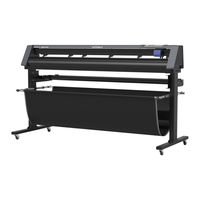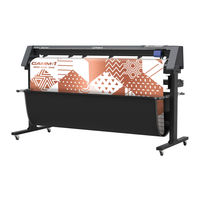Roland Camm-1 GR2-540 Manuals
Manuals and User Guides for Roland Camm-1 GR2-540. We have 3 Roland Camm-1 GR2-540 manuals available for free PDF download: User Manual, Setup Manual, Installation Manual
Advertisement
Advertisement


